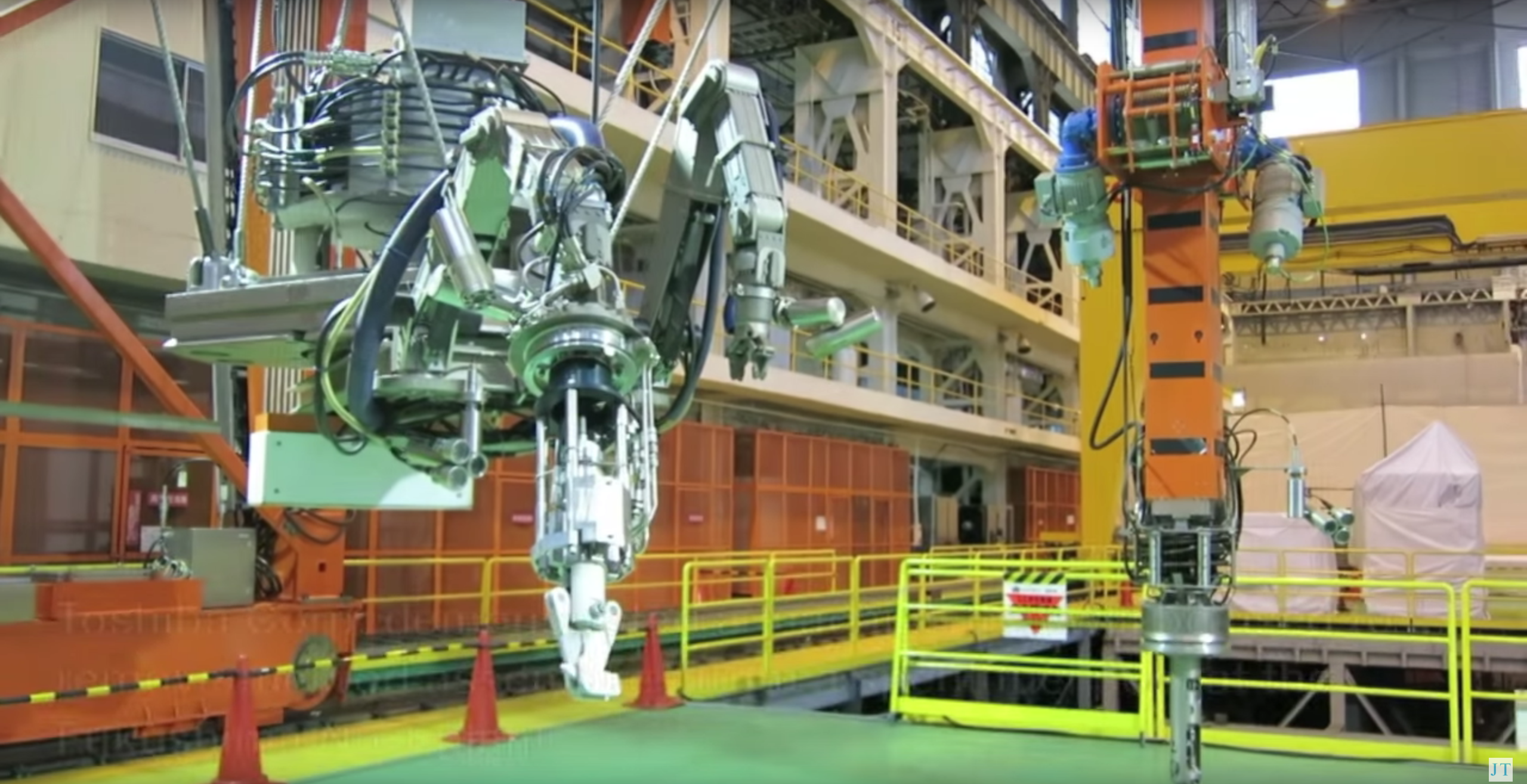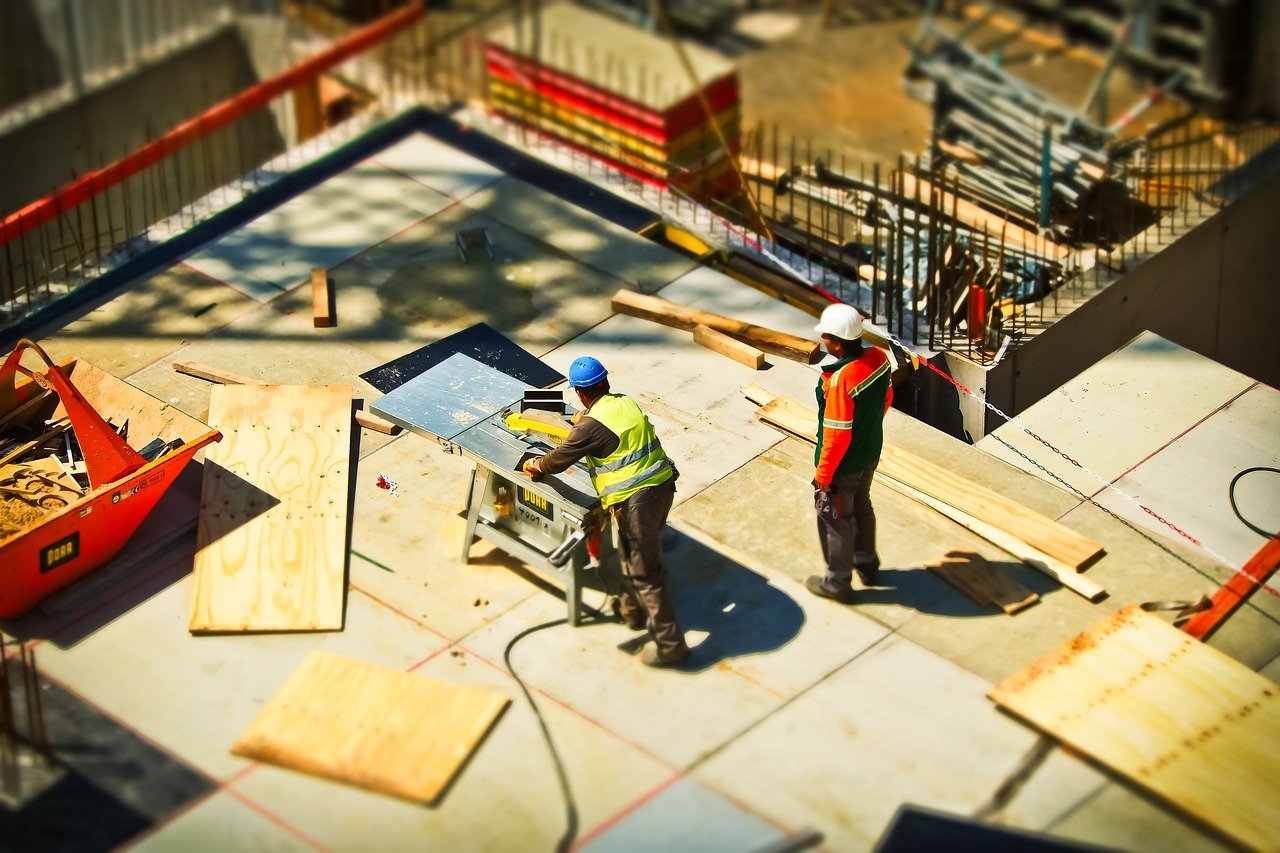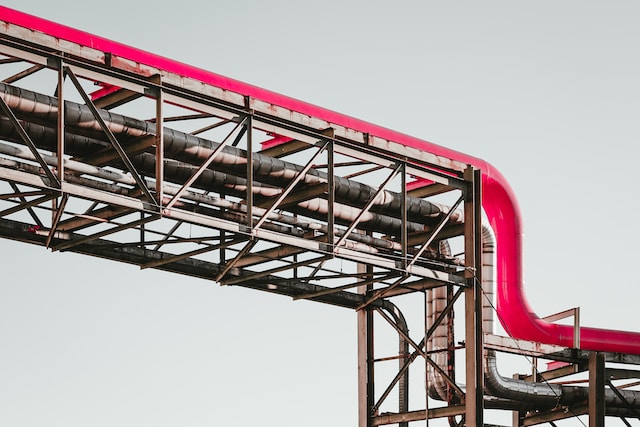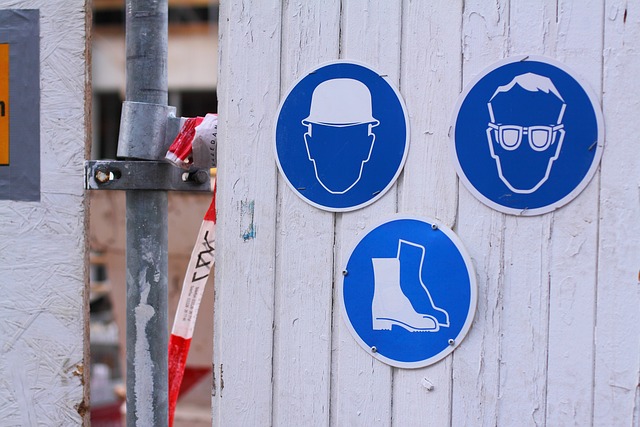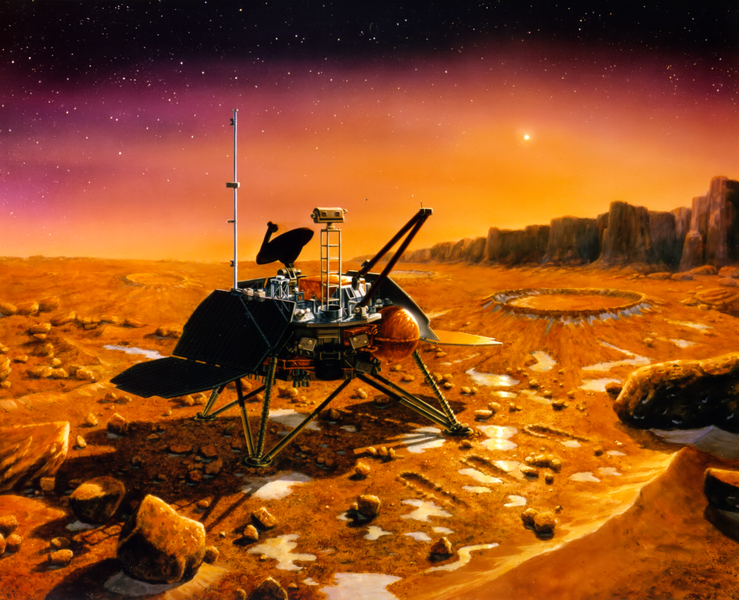As it stands now, the Japanese government plans to begin disassembling parts of the Fukushima-Daiichi power plant in 2017, something humans can’t quite do without, you know, dying in the process.
Because of the inherent danger, Toshiba has unveiled a robot specifically designed to work in close proximity to the radiation-soaked reactor.
The robot’s first job will be removing 566 fuel rods from the severely damaged number 3 reactor, a project that will require the robot to sit on the surface of the cooling pool and use a pair of manipulators to pick up debris from the water.
Then, a third arm will slice and dice the parts into more manageable pieces to remove the rods from their assemblies altogether.
After Toshiba’s robot does its job, the company’s engineers estimate the amount of radiation in reactor 3 should begin to approach 1 millisievert per hour, better than it is currently, but still too dangerous for humans.
Even as the Fukushima disaster remains difficult to clean up, robots and new technologies appear to be the world’s best bet.

